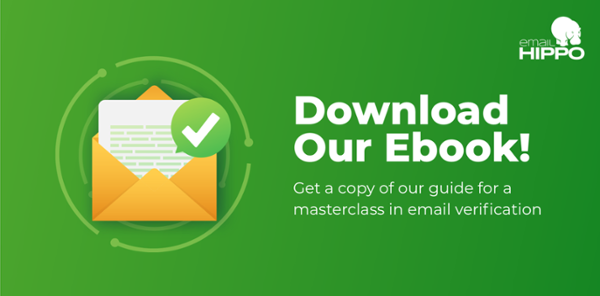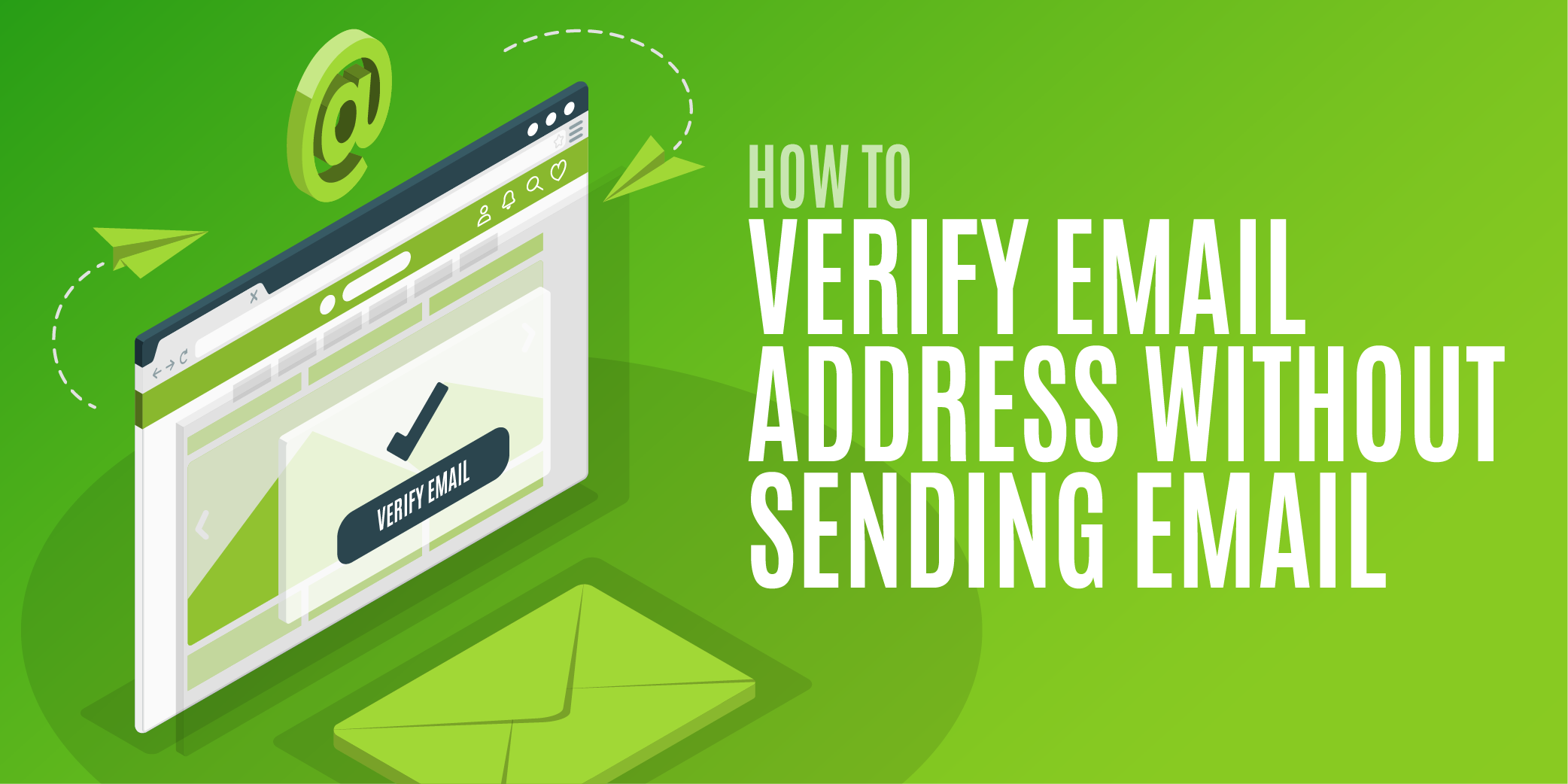
Email marketing remains a valuable tool for businesses. However, the success email campaigns can deliver often comes down to one thing that great content or a compelling call to action can't fix - sender reputation.
One of the ways internet service providers (ISPs) and mailbox providers (MBPs) protect inboxes from instances of malicious spam and fraudulent mail is by assessing email sender reputation. Whether your email lands in the inbox or the spam folder is reliant on this metric. So, as a marketer, if you’re looking to take every opportunity to connect with your subscribers and customers, it’s important to understand sender reputation and the value it holds.
In this blog, we’ll explore what is meant by sender reputation, the data points used to calculate it, signs your reputation could be in danger and its potential impact, as well as ways to improve it.
What is sender reputation?
Email sender reputation is a complex metric which determines whether your email will be delivered to the intended inbox. Attached to your sending domain, it is affected by every positive or negative action related to your email campaigns, meaning that it is always changing - and, much like a credit score, it can be cumulatively built up or damaged over time.
Due to the changing tactics of spammers and other untrustworthy senders, the data points used to calculate this metric are constantly evolving and can also vary for individual mailbox providers (Google, Yahoo, Outlook etc.). Unfortunately this means that although sender reputation is crucial to the success of your campaigns, it can be difficult to calculate, or find an accurate score for your domain.
How is sender reputation calculated?
Individual mailbox providers will use varying points of information to calculate your sender reputation. However these are contained within two main reputation types:
IP Reputation
IP reputation identifies how trustworthy your sender IP is, confirming that the device or network is a reputable source of communication. So, while sender reputation is directly linked to your sending domain, your sending IP address can also impact your standing.
This element of sender reputation establishes how much your contacts want to receive your emails and how valuable your communications are likely to be to recipients. Using metrics such as email bounces, spam reports and unsubscribes, this process assesses the past performance of your emails and can identify potentially low quality contact lists and content.
This algorithm also looks out for any bulk email sending carried out from your IP address. Sudden spikes in send volumes can signal to email servers that the email is more likely to be spam.
Domain Reputation
Domain reputation assesses the quality and relevance of your communications from your branded domain. As IP addresses have become more disposable over time, domain reputation has grown in importance when assessing sender reputation as it is more permanently linked to your business. Some of the key factors that can have an impact include:
- Engagement rates such as open rate and click rate
- Spam reports from recipients
- Quality and security of links included in email copy
- The volume and frequency of emails sent
- Hard bounces
- Emails sent to spam traps
- Blocklisted domains
- High send volume and frequency
- A newly registered domain sending high numbers of emails
When sending from either a new domain or new IP, it’s important to warm up target inboxes and avoid immediately sending high volumes of emails to contact lists as this can cause significant issues for your future email activity, leading to further bounces and slower delivery.
Learn more about bounce rate and how it can impact your email marketing campaigns.
Signs your sender reputation could be in danger
Due to the complex and evolving algorithms used by different ISPs and MBPs, establishing an exact sender reputation score can be difficult. However, there are a number of signals you can look out for that may indicate your reputation could be in danger and that action is required. These include:
- Increased spam reports
- Increased unsubscribes
- Increased bounce rate
- Consistently low click rates
- Spam trap hits
- IP or domain blocklisting
What impact can a damaged sender reputation have?
The impact of a damaged sender reputation can be felt across your business. Your email marketing efforts could experience:
- Limited or delayed delivery
- Further increased bounce rate
- Spam filtering leading to lower engagement
- Increased risk of blocklisting
A poor sender reputation can also cause issues for other areas of your business outside of marketing. For example, if your customer support team and your marketing team are sending communications from the same domain but marketing campaigns are negatively impacting your domain reputation, this can cause important customer communications to be marked as spam. This leads to a poor experience for existing customers while also reducing the success of marketing to new and prospective customers.
How to improve your sender reputation
The number of factors impacting your sender reputation can appear overwhelming, but it is important to note that many of these factors are within your control and can be addressed.
As reputation is strengthened over time, it is important to keep a close eye on your metrics, address any concerns carefully and efficiently, and implement some best practices for future campaigns.
While there are many ways to improve your sender reputation over time, and also to improve a damaged email sender reputation, one of the best tools you can use is email verification.
How email verification can help
Many of the most obvious ways to protect your sender reputation are reactive: for example, looking at the results of your most recent email campaign and excluding any soft bounces or unresponsive contacts next time. However, email verification allows you to predict and manage possible future damage to your reputation based on the quality of your data.
Email verification is a valuable tool which carries out real-time checks on email addresses without sending an email. By identifying problematic email addresses immediately, it prevents you unintentionally sending emails to:
- Known spam traps
- Disposable email addresses
- Spam or fraudulent addresses
- Addresses with syntax errors
These addresses can be extremely hard to spot and can be the cause of email sender issues without your knowledge. To learn more about email verification and the benefits it offers to email marketers, download our comprehensive ebook.







